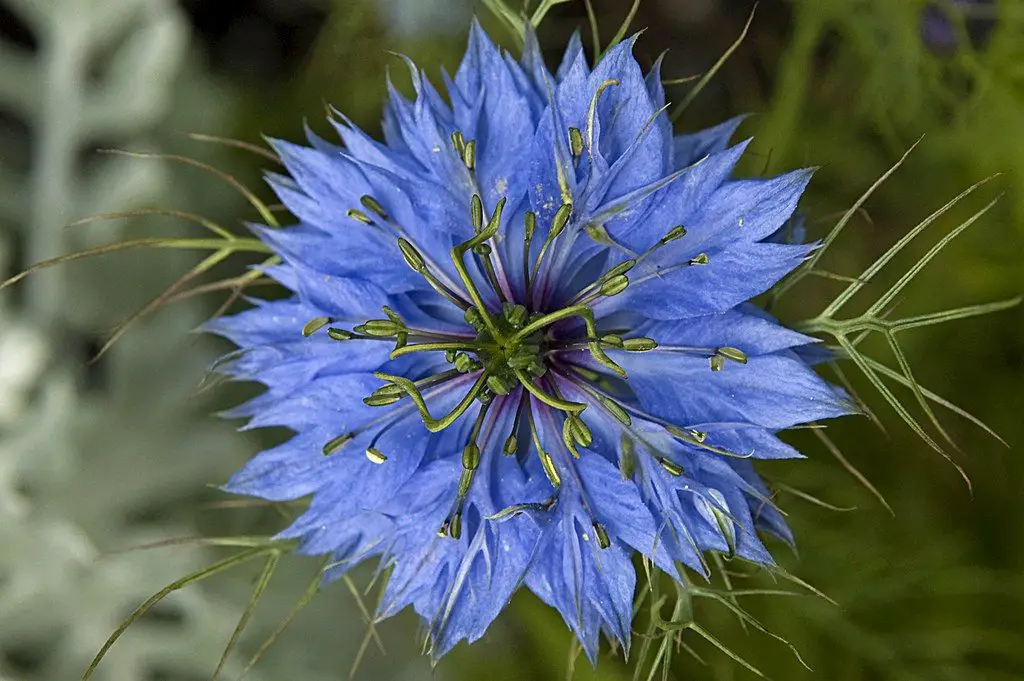Black cumin seed (nigella sativa) has been used for centuries in Asia for medical purposes and in Rome for culinary endeavors. Its potential has been recognized in whole world. Black seed’s oil has been found in Tuthankamun’s tomb and it is marked by Mohammed as “cure for everything but death”. The peppery and slightly bitter taste, aroma similar to oregano and crunchy texture all have made it famous even in the culinary discipline. What’s in it for you? By exploring the health benefits of black seed and learn how to use it in your diet, you can make your life healthier and your dishes tastier. Ready to give it a try?
Health Benefits of Black Cumin
Maybe it doesn’t cure everything, but it does cover a great majority. Studies have found that only two grams of this plant daily can reduce blood sugar levels, and thus create positive effect on Diabetes type 2. It is also effective in reducing the frequency of epileptic seizures with children, because of its anti-convulsive effect. Black seeds have anti-cancer properties and heart-protective qualities. Some studies have found that it has the potential for curing breast cancer, brain cancer, leukemia, brain damage caused by lead, oral cancer, high blood pressure, asthma, sore throat, psoriasis, Parkinson’s disease, etc.
Using it as a Cure
The harsh taste of the seeds can damage the stomach if they are not heated first. You can do that by simply putting the seeds into a pan on low heat and stir every few minutes. When the flavor becomes bland it’s time to take the pan from the heat. You can grind it in a coffee grinder, and use it in different mixtures (with raw honey for instance), such as teas and potions, or massage oils. Black Cumin oil can be used for massaging the face or body, as an addition to tea for cold and flu and for hair growth. It can be mixed with coffee to solve the dry cough problem, etc. Before turning to black seeds as a cure, make sure you understand the dosage requirements.
Using it as a Spice
It is used, sometimes as pepper substitute and sometimes as a spice by itself. Nigella sativa is often used in eastern cuisines for seasoning salads, soups and bread. It is common for the seeds of it to be sprinkled on top of breads and pastry. In the Middle East it is even added to the bread dough. In Indian dishes, black seeds give that extra flavor for vegetable dishes. It is especially complementary with pumpkin and eggplant. The seeds can be grinded and with honey, lemon and tahini, to make a lovely salad dressing. It can also be extracted in wines and vinegars.
Try it yourself: Black Cumin Pie (Qizha)
This traditional Palestinian pie translated the bitter flavor of black cumin into a sweet treat, by adding sugar, roasted flour and oil. We’ll share with you the secret of this delicious and healthy qizha.
Ingredients:
- 2 cups flour (all-purpose)
- ½ cup olive oil
- ½ cup sugar
- ½ cup qizha (black cumin paste, made of sesame seeds and ground black cumin)
- Pinch of almond (peeled and cut to halves)
- Pinch of crushed walnut
- ¾ cups sugar syrup (made of ½ cup sugar, 1 teaspoon lemon juice, ½ cup water; boiled in a saucepan until the sugar is melted and dissolved, and syrup is thickened. Use cold.)
Preparation:
Roast the flour in a large saucepan over a medium heat. Stir often, until it gets slightly golden color (about ten minutes), then remove from the heat. After it cools, add sugar, olive oil and black cumin paste (qizha). Shape into cubes and decorate with almond and walnut.
With all the pros and not a single con, we trust that you are convinced that nigella sativa is a plant which deserves its place in your kitchen.






